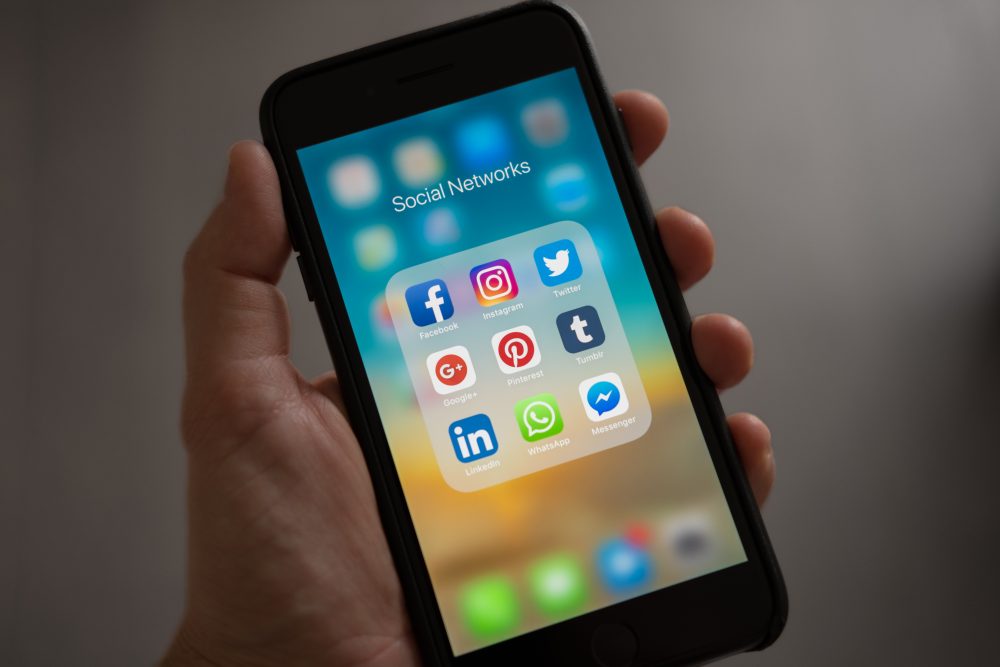One of the biggest temptations while working from home is being hijacked into addictive scrolling through social media feeds.

One extra challenge a global pandemic brings is constant updates, and many people are searching for news repeatedly throughout the day, along with checking in with friends and family on social media.
Original article here
While this can make you feel more connected to people you know but can’t actually meet with during quarantines, becoming overly focused on constantly checking and refreshing can hinder efforts to get your actual work done from home. No matter the circumstances, too much time spent on social media can hurt your mood and productivity.
Here are some tips to help you manage and moderate your social media use so that you can work from home more effectively to stay focused, productive, and on track!
1. Track Your Usage
If you were already a heavy social media user, you may have noticed that your time spent scrolling feeds has escalated since COVID-19 took over the global radar screen. But if you aren’t sure whether or how much this is affecting your productivity, there’s a simple way to find out: try tracking your usage of various platforms.
There’s an app for that (of course)—many of them, in fact—but you can also just keep a basic time log for a week or two to get a visual of how much time you’re spending on particular sites like Facebook, Instagram, or Twitter. Tally the minutes or hours spent per day on social media, as well as on your work projects and other tasks.
Also, log the actual times that you spend at each activity, so that you can see if there are particularly troublesome times of day for your focus and concentration. Then review your log at the end of the week to determine if your social media use seems out of control. If it is, proceed to the next steps below.
2. Tame Your Checking Times
The addictive nature of social feeds makes it tough to trust yourself to moderate your own usage. That’s why setting a schedule for yourself that includes social-media free work hours—as well as blocks of time (such as lunch) to check your feeds—can solve your problem.
Begin with your meetings and work projects as your “big rocks” or top goals when creating this schedule. Block out times on your calendar that you will commit to focused project work, and then backfill shorter blocks as breaks between efforts. If you approach social media more like a reward for a job well done rather than letting it permeate your entire day, you’ll appreciate it more while being more productive.
3. Consider a Social Media Detox or Hiatus
If you’ve tried the above two steps yet still end the day feeling like you’ve constantly been scrolling social feeds, then you may need a bigger step to break the cycle. Taking a planned hiatus from your “checking” behavior can help you get back to a more centered place to complete your work without the constant urge to see what someone else is doing.
Your digital detox can be as short as a day without social media distractions, or much longer if you’re willing and able to cut your information intake. If you can give yourself a decent hiatus from picking up your phone and scrolling to see what’s new, you’ll have carved out clear time to think about—and complete—other projects.
Take a Break
With all that’s going on, sometimes the constant influx of information is just more stress on top of an already challenging and emotional situation. Taking a break from consistently checking social media updates can not only make you more focused and productive as you work from home, it can also ease your mind so you can concentrate on what really matters.
Follow our Recruiter Blog and Social Media:

